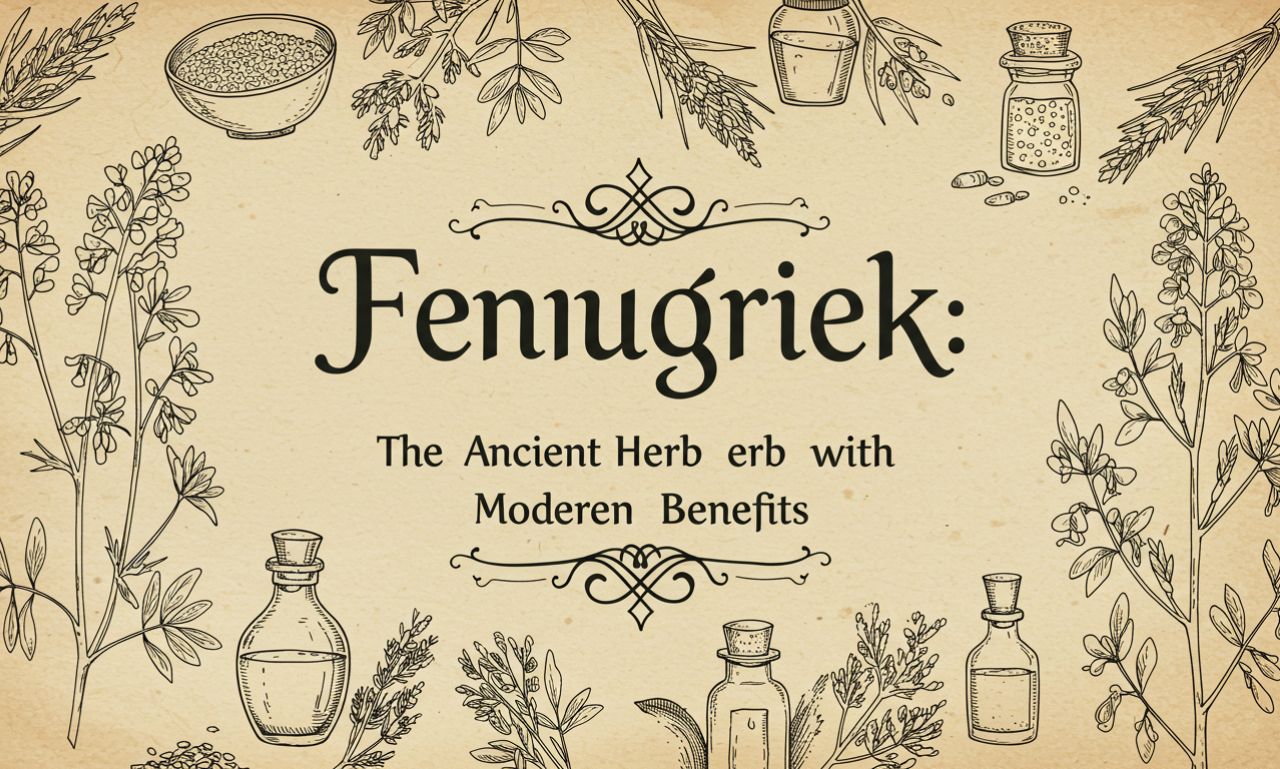In the world of herbs and natural remedies, foenegriek—commonly known as fenugreek—holds a special place. Used for thousands of years in traditional medicine and cooking, continues to be a valued ingredient in both health circles and kitchens worldwide. From improving digestion to balancing blood sugar levels, versatility is unmatched.
In this article, we’ll explore everything you need to know about : its history, health benefits, culinary uses, side effects, and why this humble seed deserves a place in your daily routine.
What is Foenegriek?
Foenegriek, or Trigonella foenum-graecum, is a plant native to the Mediterranean region, southern Europe, and parts of Asia. It belongs to the legume family and is cultivated for its leaves and seeds. Both parts of the plant are edible and packed with health benefits.
The seeds of are small, yellowish-brown, and possess a distinct bitter flavor. They are often used in ground form as a spice, while the leaves, known as “methi” in South Asian cuisine, are used fresh or dried.
Historical Background of Foenegriek
The use of foenegriek dates back to ancient civilizations. Egyptians used it for embalming and as a healing agent, while Greek and Roman physicians recommended it for inflammation and reproductive health. Ayurvedic and traditional Chinese medicine systems have also recognized its warming, rejuvenating properties for centuries.
The term itself originates from Latin, meaning “Greek hay,” highlighting its use as livestock feed and herbal medicine by early European cultures.
Health Benefits of Foenegriek
Modern science continues to validate what ancient practitioners believed: offers a range of impressive health benefits. Below are some of the most researched and widely accepted advantages.
1. Supports Blood Sugar Control
Several studies show that foenegriek can help regulate blood sugar levels in people with diabetes. The seeds are rich in soluble fiber, which slows down carbohydrate digestion and absorption.
2. Improves Digestive Health
Foenegriek seeds are traditionally used to relieve indigestion, bloating, and constipation. The mucilage content in soothes the gastrointestinal tract and promotes healthy digestion.
3. Boosts Testosterone in Men
Some research indicates that foenegriek supplementation can naturally raise testosterone levels, leading to improved libido, energy, and muscle mass in men.
4. Enhances Lactation in Women
Foenegriek is a well-known galactagogue, which means it helps increase breast milk production in lactating mothers. Many women use supplements postpartum for this purpose.
5. Rich in Nutrients
Foenegriek seeds are an excellent source of:
-
Iron
-
Magnesium
-
Manganese
-
Fiber
-
Protein
-
Vitamin B6
These nutrients make foenegriek an all-around health booster when consumed regularly.
Culinary Uses of Foenegriek
Beyond health benefits, is a staple in many global cuisines. It adds depth, flavor, and aroma to a variety of dishes.
1. Indian Cuisine
Foenegriek is a key ingredient in spice blends like garam masala and curry powders. It’s used in dals, pickles, and vegetable dishes for its earthy bitterness.
2. Middle Eastern and Mediterranean Dishes
In Middle Eastern cooking, appears in breads, soups, and even herbal teas. It pairs well with cumin, coriander, and garlic.
3. Sprouting and Salads
The seeds can be soaked and sprouted to create nutritious garnishes for salads and wraps. Sprouted foenegriek has a milder, nutty taste.
How to Use Foenegriek Safely
Though foenegriek is generally safe, it should be used in moderation, especially in supplement form. High doses may cause side effects such as:
-
Diarrhea
-
Body odor (foenegriek has a maple-syrup scent)
-
Allergic reactions
-
Low blood sugar (if used with diabetic medications)
Pregnant women should consult a healthcare provider before using due to its potential to induce uterine contractions.
Growing Foenegriek at Home
Foenegriek is easy to grow, even for beginner gardeners. It thrives in warm climates and can be cultivated in pots or garden beds.
Steps to Grow Foenegriek:
-
Soak seeds overnight before planting.
-
Use well-draining soil in a sunny spot.
-
Water moderately and harvest leaves after 20 days.
-
Seeds can be harvested once pods dry out.
Growing is not only economical but also ensures you always have access to fresh leaves and seeds.
Foenegriek in Supplements and Beauty Products
Because of its medicinal properties, is widely available in capsule, powder, and extract forms. These supplements are marketed for various purposes, including hormonal balance, weight management, and digestion.
In the beauty world, is included in:
-
Hair masks (for dandruff and hair fall)
-
Skin creams (for hydration and anti-aging)
-
Serums (due to its antioxidant content)
Conclusion
Foenegriek is more than just a spice—it’s a nutritional powerhouse, an herbal remedy, and a culinary delight. Whether you’re looking to improve your health, expand your palate, or find natural ways to support wellness, offers a multitude of benefits.
From ancient traditions to modern science, has proven its worth across generations and cultures. Add a sprinkle of it to your meals, brew it as a tea, or take it as a supplement—just make sure this amazing herb becomes part of your daily routine.
